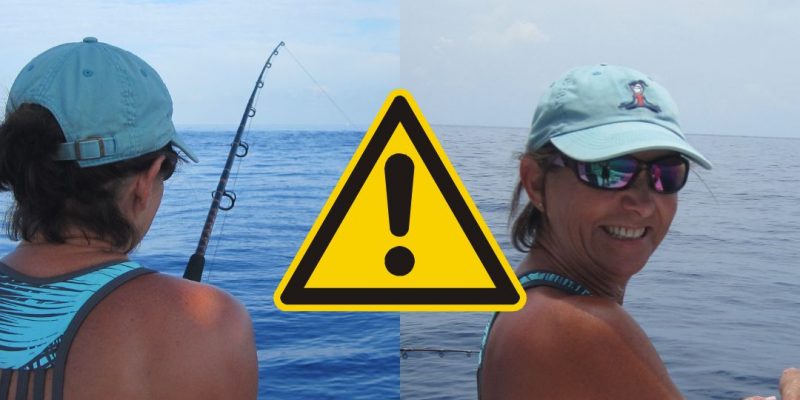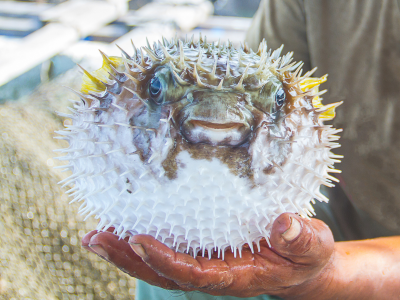Did you know that fishing regulations are constantly changing? It can be hard to keep track of all the new rules and changes, but it’s important to do so if you want to stay in compliance and avoid fines.
Reasons why regulations are always changing
- The main reason why fishing regulations are always changing is because of conservation. We need to adjust regulations in order to support sustainable resources and ensure that fish populations remain healthy.
- There are constantly new studies being done on fish populations. As we learn more about how fish populations work and what factors impact them, we need to adjust our regulations to ensure that we’re protecting the fish.
- Another reason for changes in fishing regulations is simply that times change and what was once acceptable no longer is. For example, there was a time when it was common to catch and keep any fish you wanted, regardless of size or species.
- Nowadays, however, most federal regulations & states regulation have strict limits on how many fish you can keep as well as minimum size requirements. This is because we now know that taking too many fish can severely impact a population, and we also want to make sure that the fish we’re catching are big enough to breed and sustain the population.
So how can you stay up-to-date on all the changes in fishing regulations?
State and federal regulations on some species are the same and in other cases, different.
- We recommend signing up for email updates from your both state’s wildlife agency and federal regulations. That way, you’ll always be the first to know about any changes or new regulations.
- You can also check the agency’s website or social media accounts periodically for updates. And of course, you can always stop by your local bait shop or tackle store and ask the staff if they’ve heard of any recent changes.
What is included in the regulation?
To name a few:
- Bag limit
- Size limits (slot sizes min and max)
- Season open and closed dates
- Special regional rules
- Catch and release rules (example: removing a fish from the water to take a picture)
- Types of tackle, baits, methods as of release devices, and de-hookers.
The type of fine you receive for breaking a fishing regulation depends on the severity of the offense
For example, if you’re caught fishing without a license, you’ll likely just get a warning or a small fine. But if you’re caught keeping illegally-caught fish, you could be fined more heavily.
Depending on some federal and state regulations, the amount of the fine is also based on the number of fish you’re caught with. For example, in Florida, the base fine for keeping an undersized redfish is $50. But if you’re caught with more than one undersized redfish, the fine increases to $250.
By keeping these things in mind, you can make sure you’re always up-to-date on the latest fishing regulations. And trust us, it’s better to be safe than sorry when it comes to complying with the law!
Have you ever been fined for not following fishing regulations? Share your story in the comments below!
❖ Download a fishing app that offers instant access to regulations. To know regulations and species information for fish you can’t identify, sign up for FishVerify which scans your fish photo to identify it and provides the information within seconds. This will also help your decision whether to keep or release the fish! https://www.fishverify.com/


